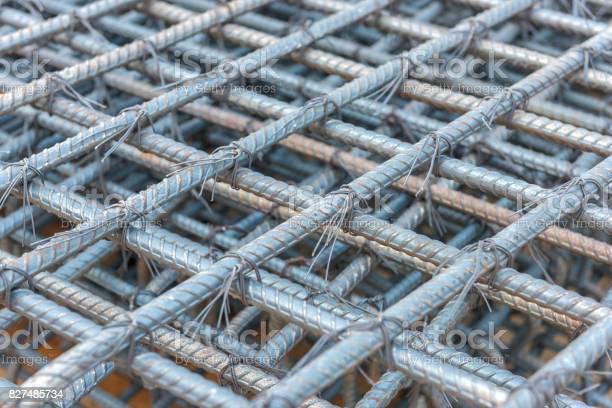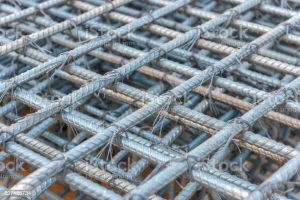
Underpinning is a process that strengthens a house’s foundation. It may be necessary due to a variety reasons. Here are some of them. Read on to learn more about this costly and messy process. Below are some pros & cons of underpinning. This article should help answer some of the questions you may have. To begin, make sure your foundation is sound. Before you decide to undergo the process, you should have it checked out by a professional.
Underpinning is a process to strengthen a foundation that is sinking
Underpinning is the process of strengthening a home’s foundation to prevent it sinking further. The process involves installing a steel or concrete pier beneath the foundation to give it added strength and stability. This process is most often used with a slab on-ground foundation. It is effective for homes that are sinking due to expansive or waterlogged soils.
For homes that have had a lot of digging on neighboring land, underpinning can be used. Deep excavation can cause foundation damage as it reduces the soil’s bearing capacity. By strengthening the foundation system and changing the soil properties, underpinning can prevent the property from sinking further. While it is not a perfect solution to every foundation problem this can be a good way to restore stability and prevent future problems.

It can be done with piles or brackets
Underpinning is a structural improvement process that strengthens the foundation of a building by supporting it in its lower part and then transferring the weight of the structure up to the base. This type of sub-pinning is used when the traditional method of underpinning is not feasible due to the soil’s depth or the presence existing structures. Screw piles or brackets are small pieces of equipment that are placed under the foundation and then lifted into a level position.
Underpinning can be done with a variety of materials, including screws, steel rods, or helical piles. Helical piles are also known to be foundation anchors and are installed next to a slab. These helical pilings are attached to the foundation by low-profile galvanized brackets. Helical tieback anchors are anchoring systems used to horizontally reinforce and stabilize structures subject to lateral loads. These anchors can be joined together to raise a slab or level it again, which will restore the property’s worth. Hydraulic jacks are also a good option to level floors. Underpinning is a method of salvaging a concrete slab that has sunk over time. A helical pile system can raise the slab back to its original level.
It is expensive
Underpinning can be costly, time-consuming, and disruptive. There are ways to save your money. First, measure the building accurately. To make sure your house is stable enough to avoid future subsidence, you’ll need to know the perimeter of your house and its height above the ground. While calling a professional is helpful, you can do the calculations yourself if you’re unsure of the details of your property.
It can cause havoc.
Underpinning can be used to strengthen the foundation of your house and prolong its life. This involves opening up the house’s internal mechanics to find problems and build a stronger foundation. Most construction projects take place on a moist soil that is not solid. Without proper foundation, the building could collapse. This can be avoided by underpinning. Listed below are some reasons to consider this type of work.
It is very effective.
Underpinning is an essential part of house repairs and forensic engineering. Underpinning extends foundation support to deeper levels that are not available near the surface. In areas where the soil is unstable, underpinning can reduce the dead load on the foundation, which in turn reduces the settlement. The correct soil classification is essential for underpinning. Below, we will discuss some benefits and drawbacks of the various underpinning methods.
Excavating support systems is the most commonly used method for underpinning. This type of underpinning requires digging the soil beneath an adjacent building. This can take up valuable space. The typical excavation support systems aren’t rigid enough to stop soil movement underneath the adjacent building. Wall movement can also cause damage and destruction to adjacent buildings. This support is more rigid and prevents walls from moving. It also allows you to continue using a structure after construction is complete.
